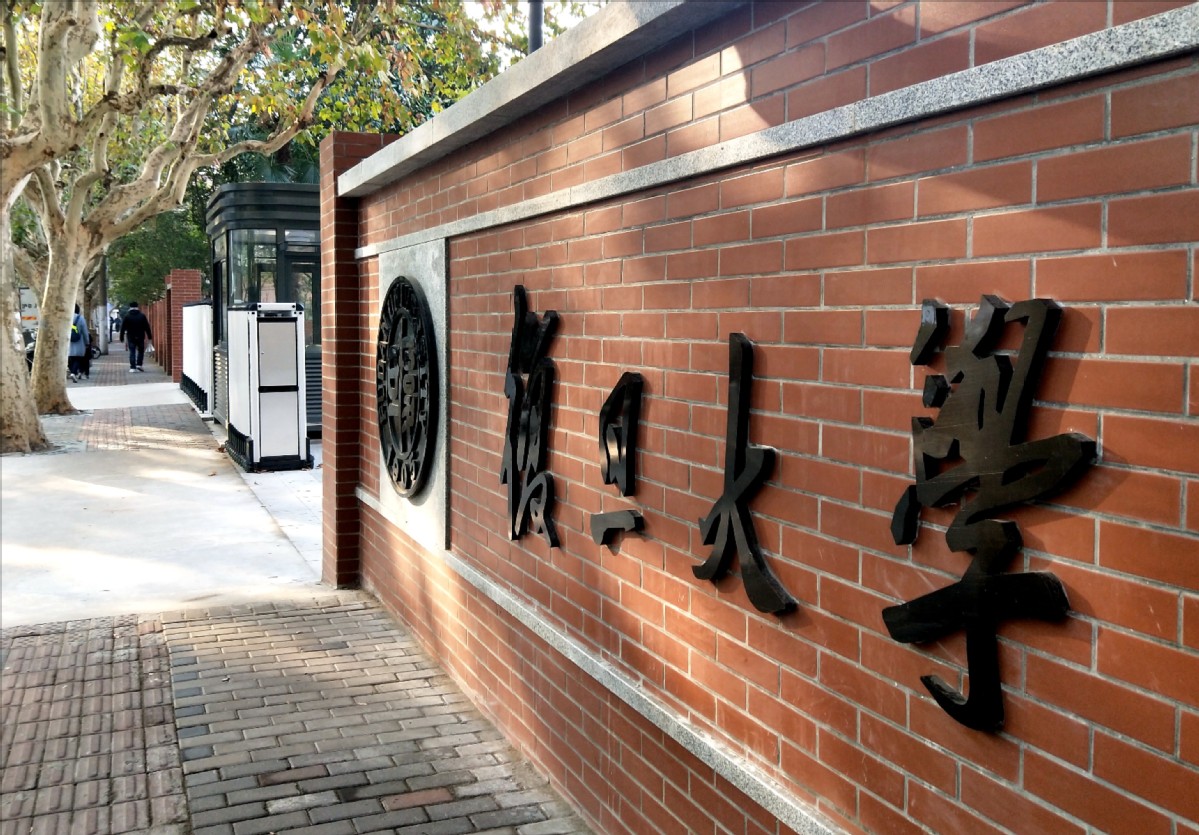
Foto del campus Handan de la Universidad de Fudan en Shanghai, Nov 14, 2018. [Foto/CI]
Investigadores de la Universidad Fudan en Shanghai han ideado un método que ofrece la detección de ácidos nucleicos del nuevo coronavirus en menos de cuatro minutos., mucho más rápido que el método actual utilizado a nivel nacional.
El equipo de investigación dijo que el nuevo enfoque es ultrasensible y utiliza pequeñas, equipo portátil.
In the polymerase chain reaction nucleic acid tests widely used in China to detect the virus that causes COVID-19, a fluorescent signal shows whether a sample is positive. To obtain a fluorescent signal of sufficient intensity, the nucleic acid in the sample needs to be extracted and amplified, and the whole testing process takes two hours or more.
Esto podría deberse a una infección asintomática., in the new method, a transistor sensing chip with molecular electromechanical systems is able to complete rapid and ultrasensitive electromechanical detection of the virus’ ribonucleic acid in unamplified samples, which saves time.
Wei Dacheng, a leading researcher on the team that devised the method, said they converted the chemical signals of the virus’ nucleic acid into electrical signals.
“The conducting channel of a transistor is a semiconductor,” él dijo. “When the reaction takes place on the channel, on one hand, the transistor converts chemical signals into electrical signals, and on the other, it can amplify such signals.
“So when there is even a small number of nucleic acids interacting with the semiconductor, a colossal number of charge carriers will be generated in the transistor owing to the doping effect. As long as we can detect a change in the current, we can determine the existence of COVID-19 virus in the sample.”
A paper about the research, jointly conducted by Fudan’s department of macromolecular science, its State Key Laboratory of Molecular Engineering of Polymers and experts from other institutions, was published in the journal Nature Biomedical Engineering on Feb 7.
The team said transistors had previously been used to detect ions, biological molecules and free radicals, but it significantly improved the performance of the transistor sensor to meet the requirements of high-sensitivity novel coronavirus detection.
“Our team used to use the transistor for the detection of free radicals, but the concentration of SARS-CoV-2 nucleic acids is lower than that by around 10 orders of magnitude,” Wei said. He said that the research is still at the laboratory phase and requires further clinical validation to ensure its stable performance in different real-world environments before it can be put into clinical application.
Fuente: Diario de China

















